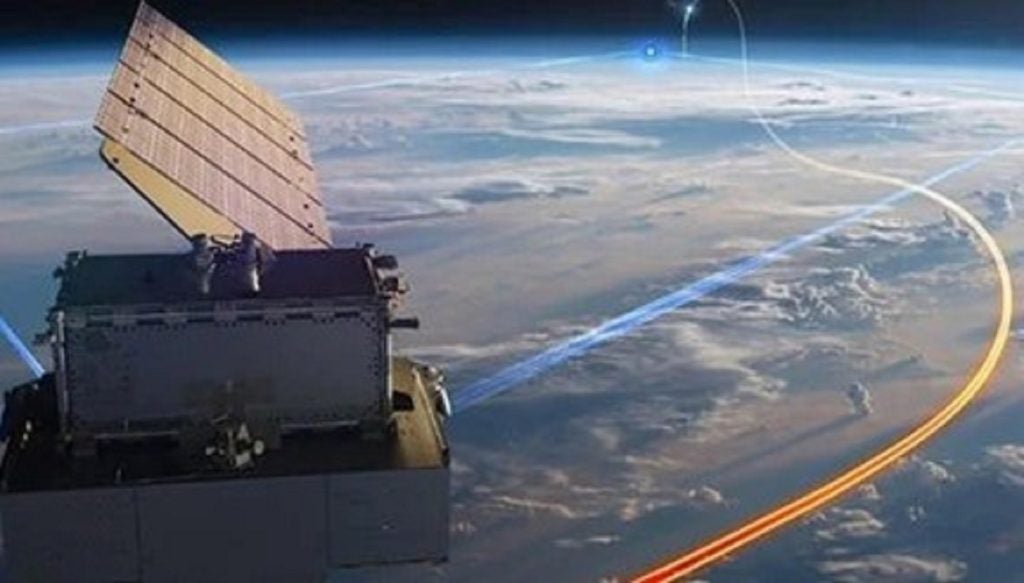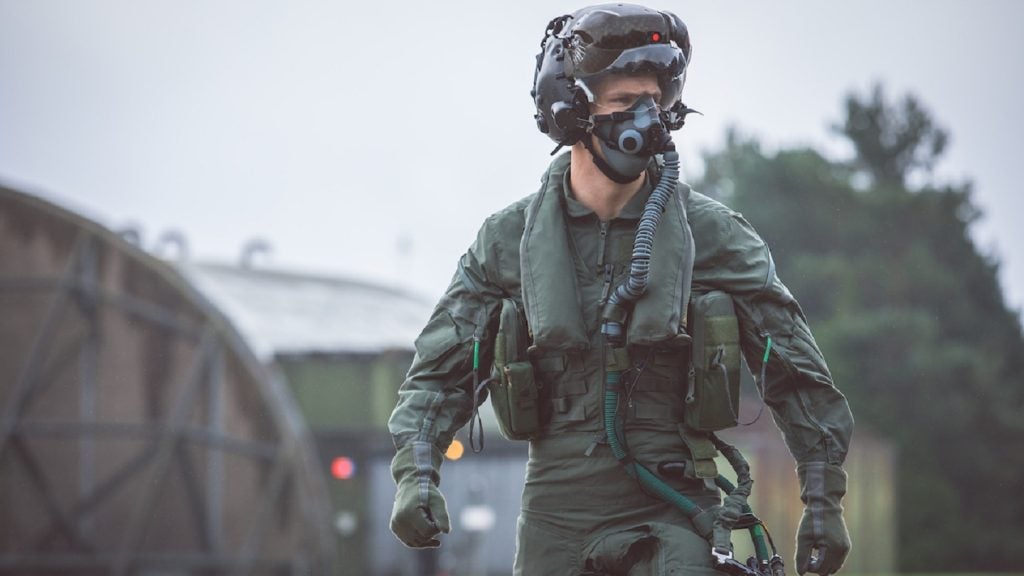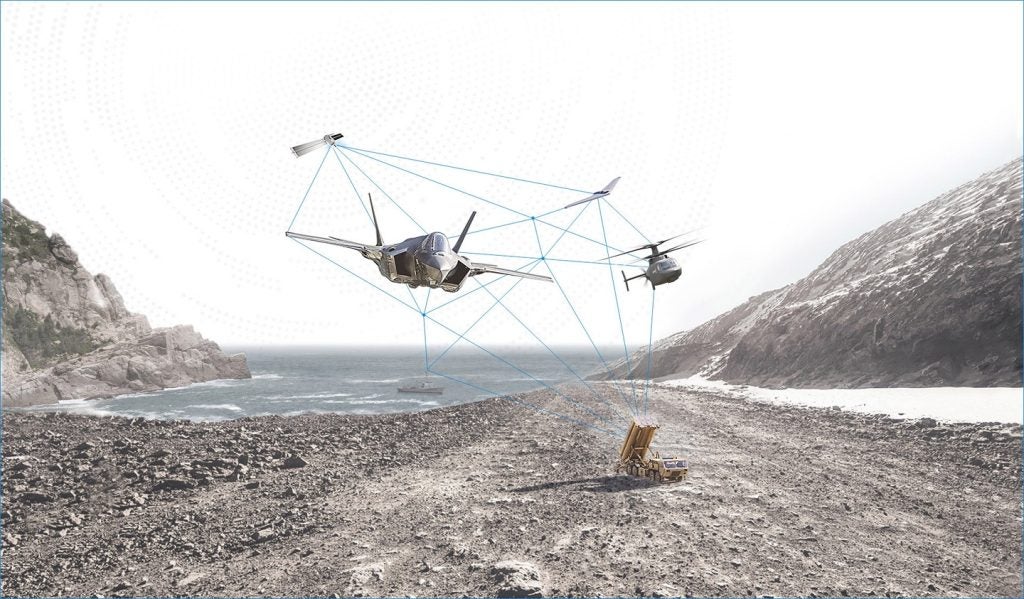The US Space Development Agency (SDA) has awarded a contract to L3Harris Technologies worth $919m that marks substantial progress on its Tranche 2 Tracking Layer (T2TL) satellite constellation.
T2TL provides global, persistent indications, detection, warning, tracking and identification of conventional and advanced missile threats, including hypersonic missile systems.
This constellation will comprise 72 new satellites that will form the foundation of T2TL Beta, otherwise known as the Proliferated Warfighter Space Architecture (PWSA).
The contract was awarded to L3Harris Technologies to build 18 IR space vehicles.
Prior to this stage of development, the SDA called for Lockheed Martin and Northrop Grumman to construct a prototype for the T2TL-Beta military satellite constellation in August 2023.
Likewise, L3Harris had previously designed, developed and built four satellites in less than three years for the SDA’s Tranche 0 Tracking Layer (T0TL) program.
Those T0 satellites will launch together with the Missile Defense Agency’s Hypersonic and Ballistic Tracking Space Sensor satellite.
L3Harris is also building a 16-vehicle satellite constellation for SDA’s Tranche 1 Tracking Layer (T1TL) program, which follows the T0TL capabilities with targeted technology enhancements, expanded coverage, increased integration and greater production efficiencies.
IR sensors in space
In the US, the space platform electro-optical and IR segment is projected to grow at the second fastest compound annual growth rate of 3.19% over between 2021-31, according to GlobalData intelligence.
The primary mission of Space Based Infrared Systems (SBIRS) is to provide initial warning of a ballistic missile attack on the US.
SBIRS enhances detection and improves reporting of submarine launched ballistic missiles, tactical ballistic missiles and intercontinental ballistic missiles.











